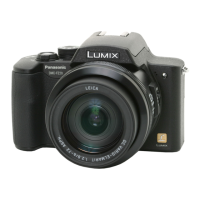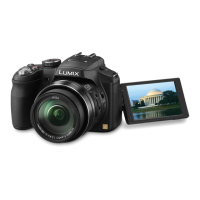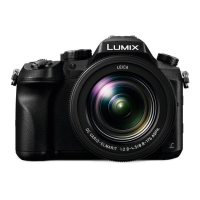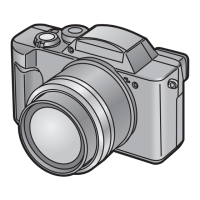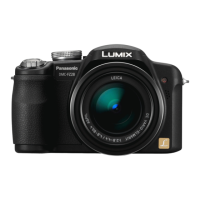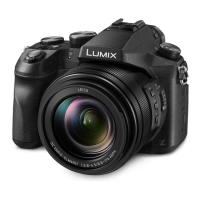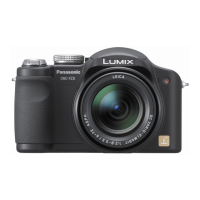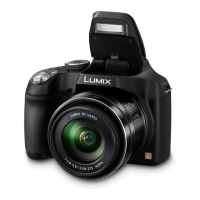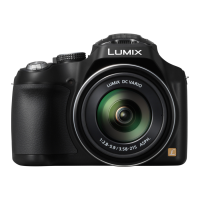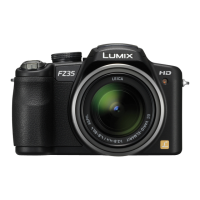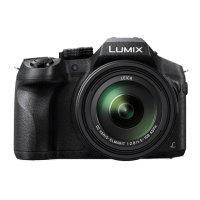97
In the Panasonic Lumix FZ200 the lens has a “constant” aperture of f2.8
throughout the entire zoom range. So no light loss and no increase in
ISO or a reduction in shutter speed is needed! This can be a major
advantage for use with wildlife photography where light levels are usually
quite low.
Let’s look at Shutter speeds. The shutter controls the amount of time the
light is allowed to project onto the sensor surface from the lens.
From a practical point of view we need a value for this time which allows
us to capture images hand held without camera shake.
Before days of lenses with optical stabilisation built in there used to be a
“golden rule” that shutter speed should always be 1/focal length. So for
example if you were using a 600mm lens the minimum shutter speed
you would have been using would have been the nearest shutter speed
to 1/600 sec. (i.e. 1/640 sec.)
The agreed international standards for shutter speeds are:
1/1000 s, 1/500 s, 1/250 s, 1/125 s, 1/60 s, 1/30 s, 1/15 s, 1/8 s, 1/4 s,
1/2 s, 1 s. 2 s. 4 s. etc.,
Consider the 1/1000 value; this means that the shutter speed is open for
one thousandth of a second. Just like f-stops, there is a relationship
between successive values.
For each shutter speed in the table above, the shutter remains open half
as long as the one above it. For example 1/125 sec. is half as long as
1/60 sec. In The FZ200 the shutter speeds selectable also include
intermediate values which equate to 1/3 EV of f-stop increment.
Now with optical image stabilisation offering between 3 and 4 stops
advantage we can very easily shoot with our 600mm lens at 1/60
second.
However as the OIS (optical image stabilisation) compensates for any
camera movement (hand shake) it does not arrest any subject motion.
So whilst the camera can be used at 1/60 second it is likely that our
subject will have motion blur if there is any movement at all, because of
the magnification of the lens at this focal length.
The final element in the parameters controlling exposure is ISO.
As we saw previously in my discussion on image sensors (page 35) ISO
is the overall measure of the “cameras” sensitivity, not just the sensor.
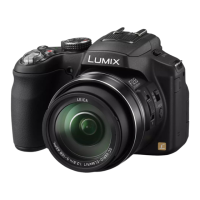
